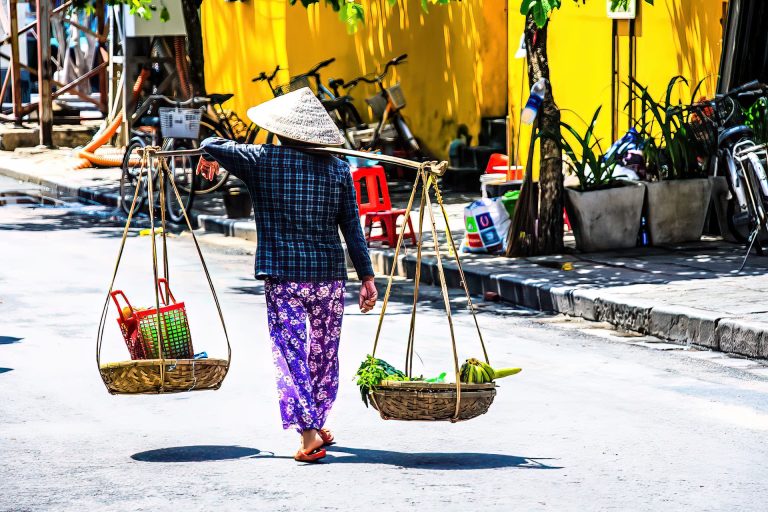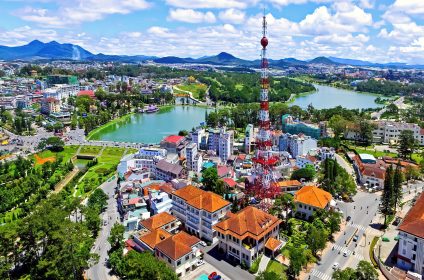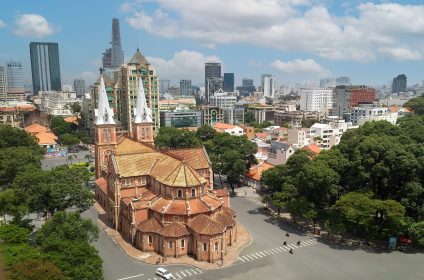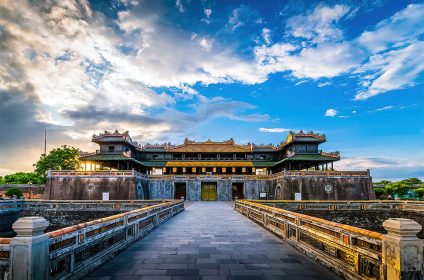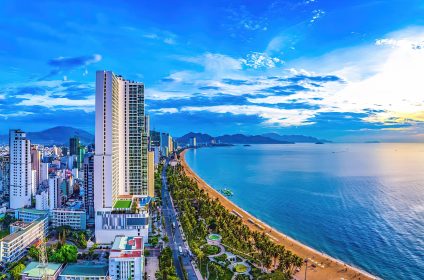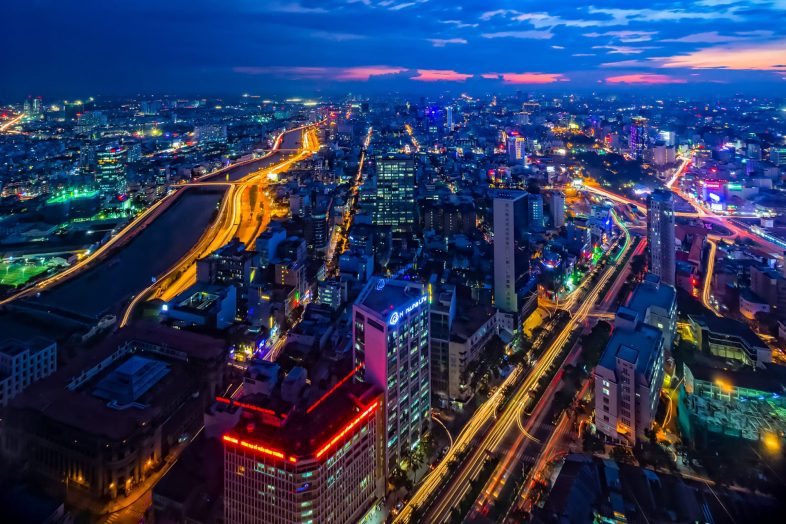
Economy Of Vietnam
The nominal GDP of Vietnam was $138 billion in 2012, with a nominal GDP per person of $1,527. By 2025, according to predictions made by Goldman Sachs in December 2005, the Vietnamese economy will rank 21st in the world, with a projected nominal GDP of $436 billion and a nominal GDP per capita of $4,357. By 2025, PricewaterhouseCoopers predicted that Vietnam, with a potential growth rate of about 10% per year in real dollars, may be the world’s fastest-growing emerging market. Vietnam’s overall GDP is expected to surpass those of Norway, Singapore, and Portugal by 2050, according to a 2012 HSBC forecast.
Vietnam was primarily an agricultural civilisation for a large portion of its history, depending on the production of wet rice. In addition, Vietnam has a bauxite mining sector, which is crucial for the manufacture of aluminum. The Communist Party of Vietnam primarily shapes the Vietnamese economy through five-year plans created at national congresses and plenary sessions of the Central Committee.
With millions of people employed in government programs, this central planning includes the collectivization of farms, factories, and economic capital. Due to ineffective and dishonest government policies, low quality and underproduction, and restrictions on economic activity, the Vietnamese economy has suffered. It has also been hurt by the post-war trade embargo that the US and much of Europe enforced. The fall of the Soviet bloc, which included Vietnam’s primary commercial partners, in the late 1980s made these issues worse.
As part of its reform agenda, the Communist Party’s Sixth National Congress introduced socialist-leaning market economy reforms in 1986. Agriculture, commerce, and industry all promoted private property. Vietnam became one of the fastest-growing economies in the world as a result of these changes, achieving annual GDP growth of about 8% between 1990 and 1997 and continuing at a rate of about 7% from 2000 to 2005. Vietnam’s annual inflation rate reportedly hit 11.8% in December 2010 according to a World Health Organization estimate, yet growth remained robust and stable at 6.8% in 2010 despite the end-of-2000s global slump. Three devaluations of the dong, the Vietnamese currency, have taken place just in 2010 so far.
The manufacturing, IT, and high-tech sectors currently make up a sizable and quickly expanding portion of the country’s economy. Despite its relative youth in the oil sector, Vietnam is currently Southeast Asia’s third-largest oil producer, averaging 318,000 barrels of oil per day (50,600 m3/day) in 2011. Vietnam was the eighth-largest producer of crude oil in the Asia-Pacific region in 2010. Vietnam still has five-year economic plans that are centrally organized, just like its Chinese neighbors.
Vietnam’s relative poverty rate is now lower than that of China, India, and the Philippines. Deep poverty is defined as the percentage of the population living on less than one dollar per day. The reduction in the poverty rate can be attributed to fair economic policies that aimed to raise living standards and stop inequality from rising. These policies included equitable land distribution, investment in the remotest, poorest areas, and the initial program I M i’s education and health care subsidies. Vietnam’s unemployment rate in 2012 was 4.46%, according to the IMF.









